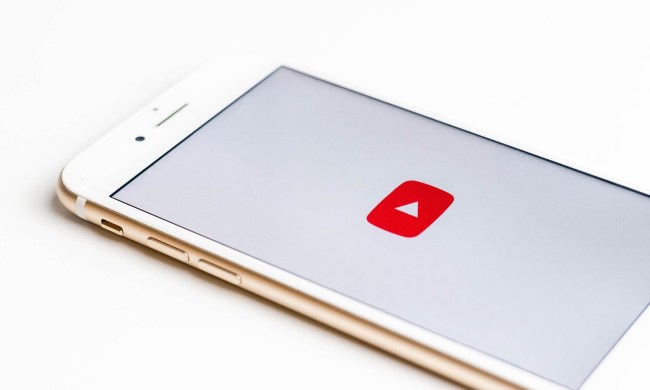Twitter is currently testing a new feature that lets users “tweet together.” Meaning the feature allows you to compose a tweet and then add a co-author to it so that it can then be shared with both accounts’ followers.
On Thursday, Twitter announced a limited trial of the co-authored tweet feature and introduced it as CoTweets.
https://twitter.com/TwitterCreate/status/1545099608195567619
In subsequent tweets and a linked Twitter Help Center guide, Twitter offered quite a few details about the new feature. Here’s what you should know about CoTweets and its limited trial:
Who currently has access to the CoTweets feature?
Twitter has said that only “select accounts” in the U.S., Korea, and Canada will be able to “send invites to CoTweet.” And sending these invites is basically how you create a CoTweet. But more on that later.
Twitter also mentioned in its help guide that the test was a “limited-time experiment” and that they “may turn off this feature and any CoTweets that were created may be removed.”
What do CoTweets look like?
A CoTweet is basically a single tweet that has two listed authors. Essentially, the tweet’s header has two usernames and two profile pictures. A good example is this CoTweet posted on Jane Manchun Wong’s profile — though Twitter’s tweet embed feature doesn’t seem to be able to display the feature at all, you should still be able to double-click the embed below to open the full CoTweet in another tab and see what a CoTweet’s header looks like.
https://twitter.com/wongmjane/status/1545016436153655296
How do you create a CoTweet?
If you’re part of the limited test of the CoTweets feature, you should be able to create a CoTweet via the Tweet composer. According to Twitter’s help guide on the matter, you should write your tweet as usual and then select the CoTweet icon. Choose your co-author from your followers. Then select Send invite.
Invitations are essentially Direct Messages (DMs) in which prospective co-authors can accept or decline the invitation. If accepted, the CoTweet is published. If declined, the invite is then deleted.
A few things to note about CoTweet invites:
- Invites can be sent to your followers with public accounts.
- A CoTweet can only have a maximum of two authors.
- You can’t edit a CoTweet after you’ve already sent an invite for it. If edits are necessary, then you have to delete that CoTweet and just make a new one.
How can others interact with a CoTweet?
After posting a CoTweet, you’re probably wondering how other users will interact with it. Generally speaking, CoTweets can be retweeted or quote-tweeted by anyone. Other users can still reply and like your CoTweets.
What can you do with a CoTweet? What can’t you do?
You can:
- Add gifs, polls, photos, links to Twitter Communities and Spaces, and videos to a CoTweet.
- If you sent the invite that created a given CoTweet, you can pin that CoTweet to your profile. But co-authors who received the invite can’t do that.
- CoTweets can be pinned to a Twitter Space if the Space host is the one who sent the invite that created the CoTweet.
You can’t:
- You can’t promote CoTweets.
- You can’t share them in “limited groups” such as Twitter Communities, Twitter Circle, or Super Follows.
Can you remove yourself as a co-author?
Yes. If you accepted a CoTweet invite and then decide later that you’d rather not be a co-author on a CoTweet, you do have the option to remove yourself from that CoTweet. That option is known as “revoking the CoTweet.” Choosing this option means that your username is removed from a published CoTweet, that the CoTweet is no longer on your profile, and that the CoTweet is no longer in the timelines of your followers.
The CoTweet will still exist on the original author’s (the person who sent you the invite) profile and in the timelines of that author’s followers.
According to Twitter’s help guide, you can revoke the CoTweet by navigating to the CoTweet and choosing its Three-dots icon. From there, you’ll choose the Revoke CoTweet option.
If you sent the CoTweet invite, you can just delete the CoTweet (as you would a regular tweet) and the CoTweet will disappear from both co-authors’ profiles and the timelines of their respective followers.


